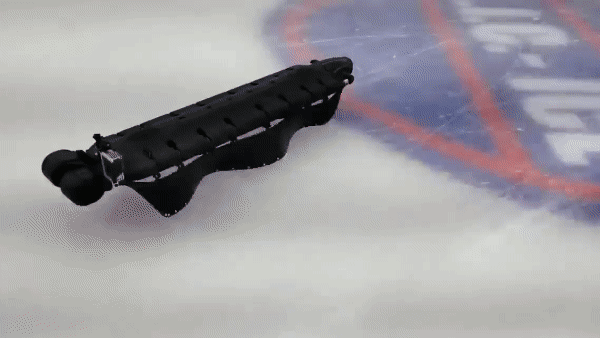By Charles Carter, 28/09/22
Innovators at Lithuania’s Rubbee have created a simple e-bike conversion kit that uses a small rubber drive wheel to transmit power to the rear bike wheel through friction.
The team secured over $170k in crowdfunding through campaigns in 2013 and 2018 on Kickstarter and Indiegogo, culminating in the latest Rubbee X model with improved release mechanism and battery life.
How does it work?
Rubbee X has a modular battery setup for performance and range configuration.
With the maximum of 3 battery modules, the pedal assist device weighs 4kg and can achieve a 20mph top speed and 30 mile range, with a 3hr charge time.
A wireless cadence sensor measures how fast the rider is pedaling – information the control system uses to regulate the level of drive assistance.
The device attaches to the seat pole via a bracket and simple click on click off mechanism.
It also has regenerative braking functionality which can be activated by turning the pedals backwards, recharging the battery.
Rubbee X starts at €579 including a single battery module with an extra €99 for each additional battery.
What are the potential benefits?
The portable nature of the innovation means that a rider can remove it from the bike and recharge it where power points are available, e.g inside the home or office. With a lack of on-street charging infrastructure in most countries, this could help adoption.
The friction drive conversion approach is also a lot simpler than other methods such installing a hub motor, which could help attract customers to Rubbee.
Questions for you. Comment below
- First thought that comes into your head?
- Pros and cons according to you?
- Other applications of this approach?
- What could this be combined with?




Your point of view caught my eye and was very interesting. Thanks. I have a question for you.